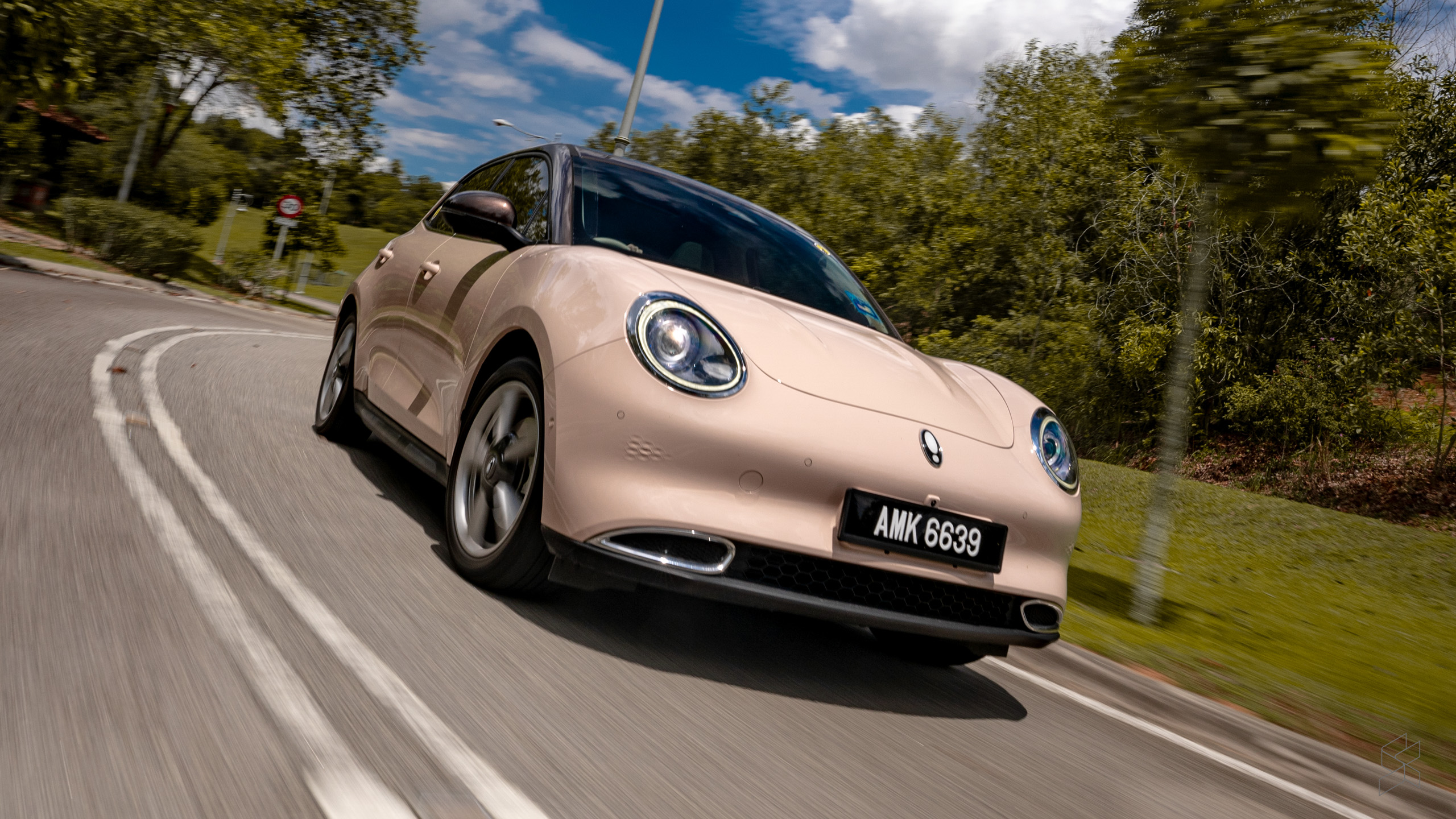So far, we’ve seen plenty of different EVs, from futuristic ones, to fast ones, to those that just look like any other car. But for EVs to really succeed in the marketplace, they need range (not the distance one, we’ll get to that in a bit). Not every EV has to be a big crossover, or have so much power it will rip off your face. Some should just be fun. And cute!
This is the Ora Good Cat, from the Chinese company Great Wall Motor (GWM). It’s a funky name for an adorable little car. But is this cool cat actually good enough? We took this car for a spin to find out.
You can subscribe to this car through Flux
First, a bit of housekeeping. This car wasn’t loaned to us by GWM but from the subscription service Flux. The company is offering several of the latest EVs, including this Good Cat as well as the BMW iX, the Mini Cooper SE and the Hyundai Kona Electric. You can even drive a Tesla.
You can subscribe to any of these cars for as long or as short as you want, and you can switch to another EV or even a petrol car at any time. Insurance, road tax and maintenance are all taken care of, and there’s also a door-to-door service that will deliver the car to you and take it to service, right from your doorstep. Visit the official website for more information.
Good Cat, great price
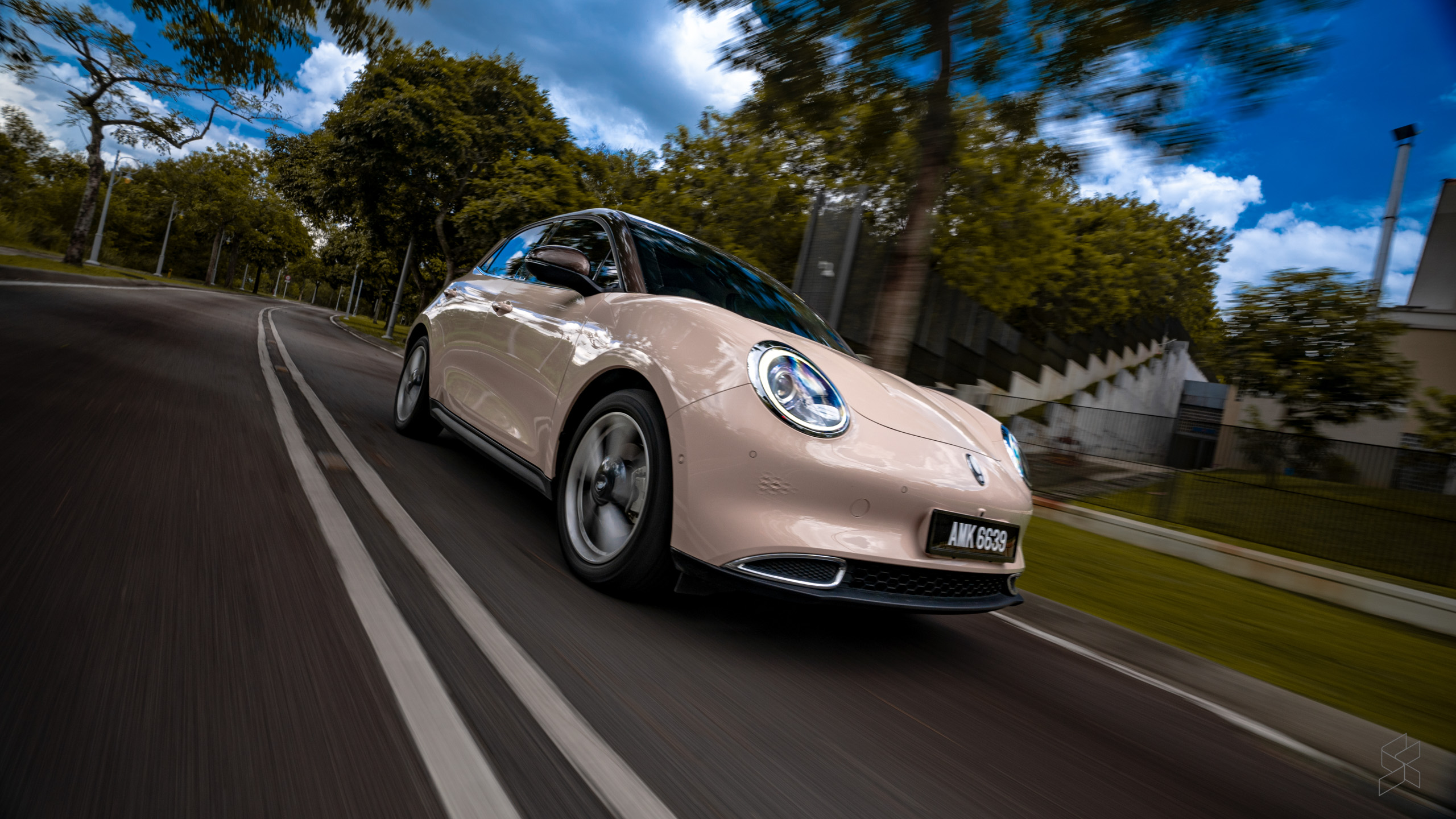
The Ora Good Cat is the first car introduced as part of the GWM relaunch. Ora, in case you’re wondering, is a sub-brand of GWM, just like Haval. Pricing starts at RM139,800 for the 400 Pro model, the 400 representing the amount of claimed range in kilometres. That makes it the cheapest electric vehicle in Malaysia today, undercutting the Hyundai Kona Electric e-Lite by more than RM10,000.
The one we drove is the top of the range model, the 500 Ultra with the magical 500km of range. It’s priced quite a bit higher than the 400 Pro at RM169,800, but it’s still a bargain—especially considering that the Kona Electric e-Max, which can only muster 484km on a single charge, sits on the wrong side of RM200,000. Astonishingly, GWM even bundles in a 7kW AC wallbox charger with each purchase.
We should point out that this particular unit is of Thai specification, which Flux managed to procure months before the Malaysian launch this week. As such, its software had not been localised and the standard equipment may not have matched the cars buyers will actually get. We doubt this will have made much of a difference, however, having spent a short amount of time with a local car at the launch event.
Cute mini-Porsche looks
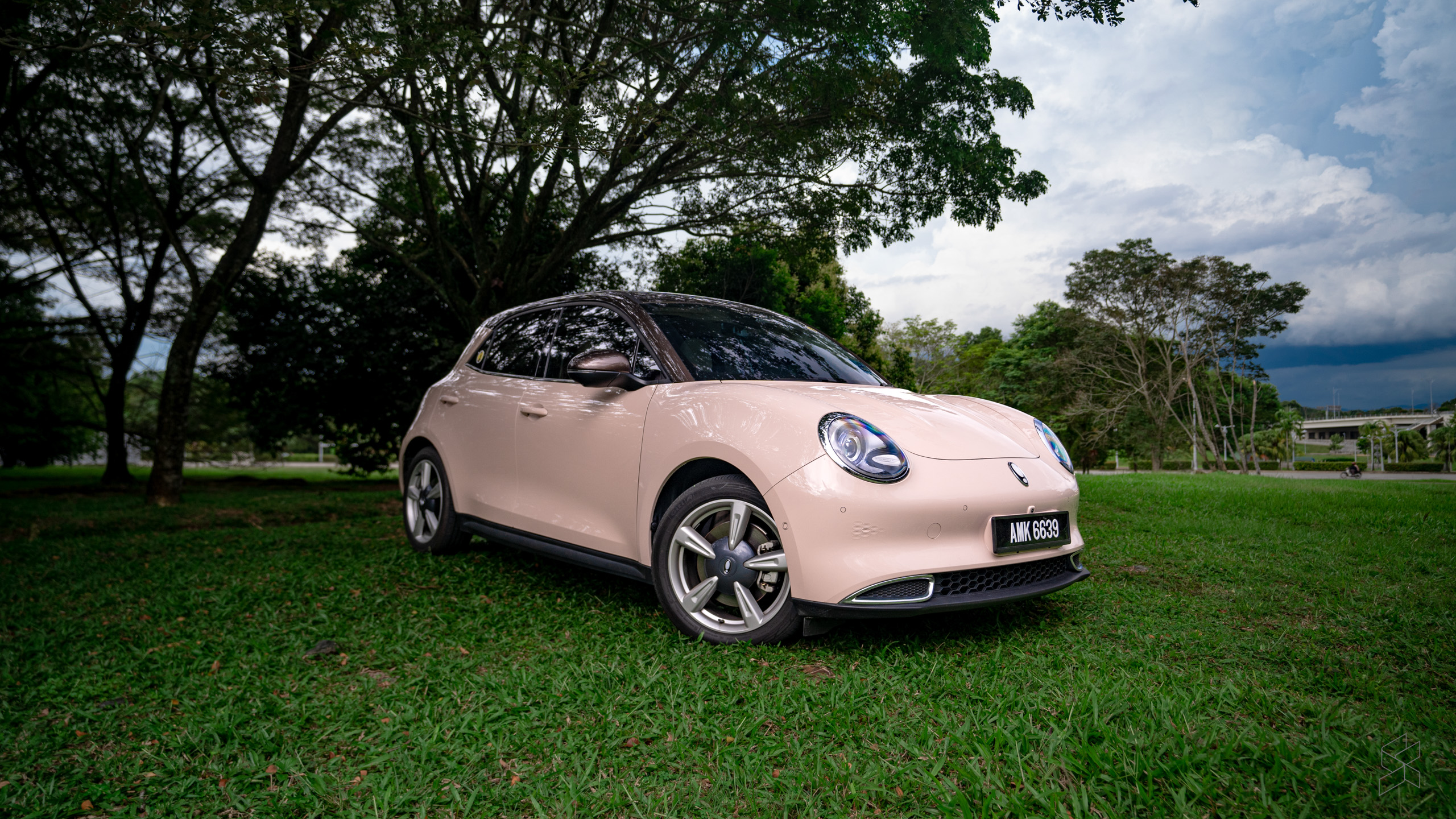
Let’s cut to the chase. You’re here for the looks, aren’t you? In a world where everyone’s leaning towards aggressive SUVs, it’s refreshing to see a small hatchback EV—one that wasn’t designed to look like the Predator. The big round headlights give it an expressive face, and when you combine it with the curvy body, you get a design that’s very similar to a certain sports car brand from Stuttgart.
That’s not surprising, given that the Good Cat was styled by former Porsche designer Emanuel Derta. It kinda looks like a squished Taycan Cross Turismo, but in a good way—I like it. But it’s at the back where the car is most distinctive; there are so few embellishments it looks almost alien-like. The taillights, by the way, are embedded in the rear windscreen, while the slim lamps on the bumper light up when the tailgate is open, maintaining visibility at night.
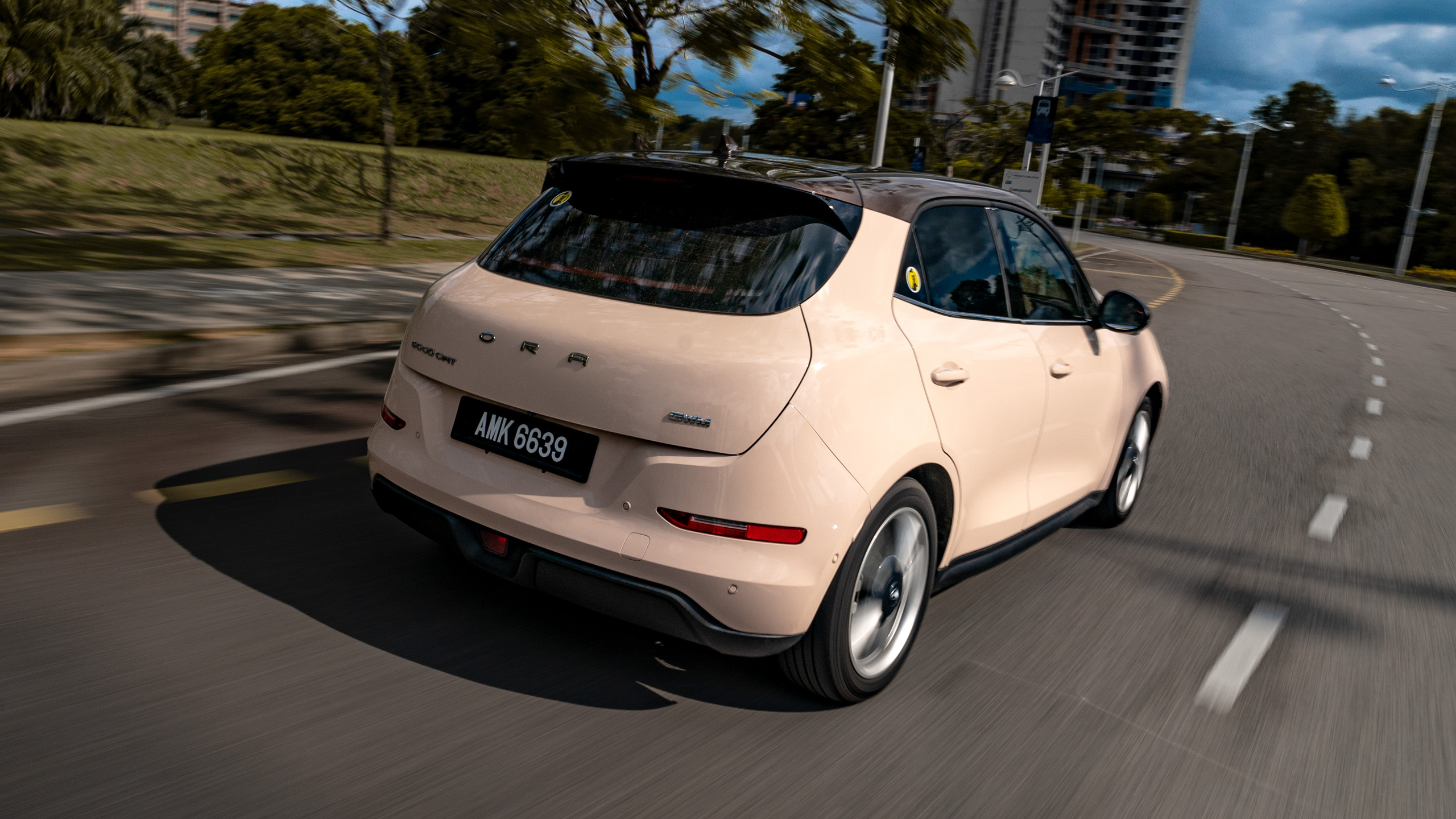
One more thing. The car you see here is finished in Hazel Wood Beige with a brown roof, and I’m not really a fan—it makes the whole thing look like a naked mole rat. I’d go for the Verdant Green model with the white roof. My girlfriend likes this colour, though, so it’s got that going for it.
These special two-tone paint options, by the way, are only offered on the 500 Ultra, although you can still choose from the standard Hamilton White, Sun Black, Coral Blue or Mars Red—the latter with a black roof.
A nice place to spend time in
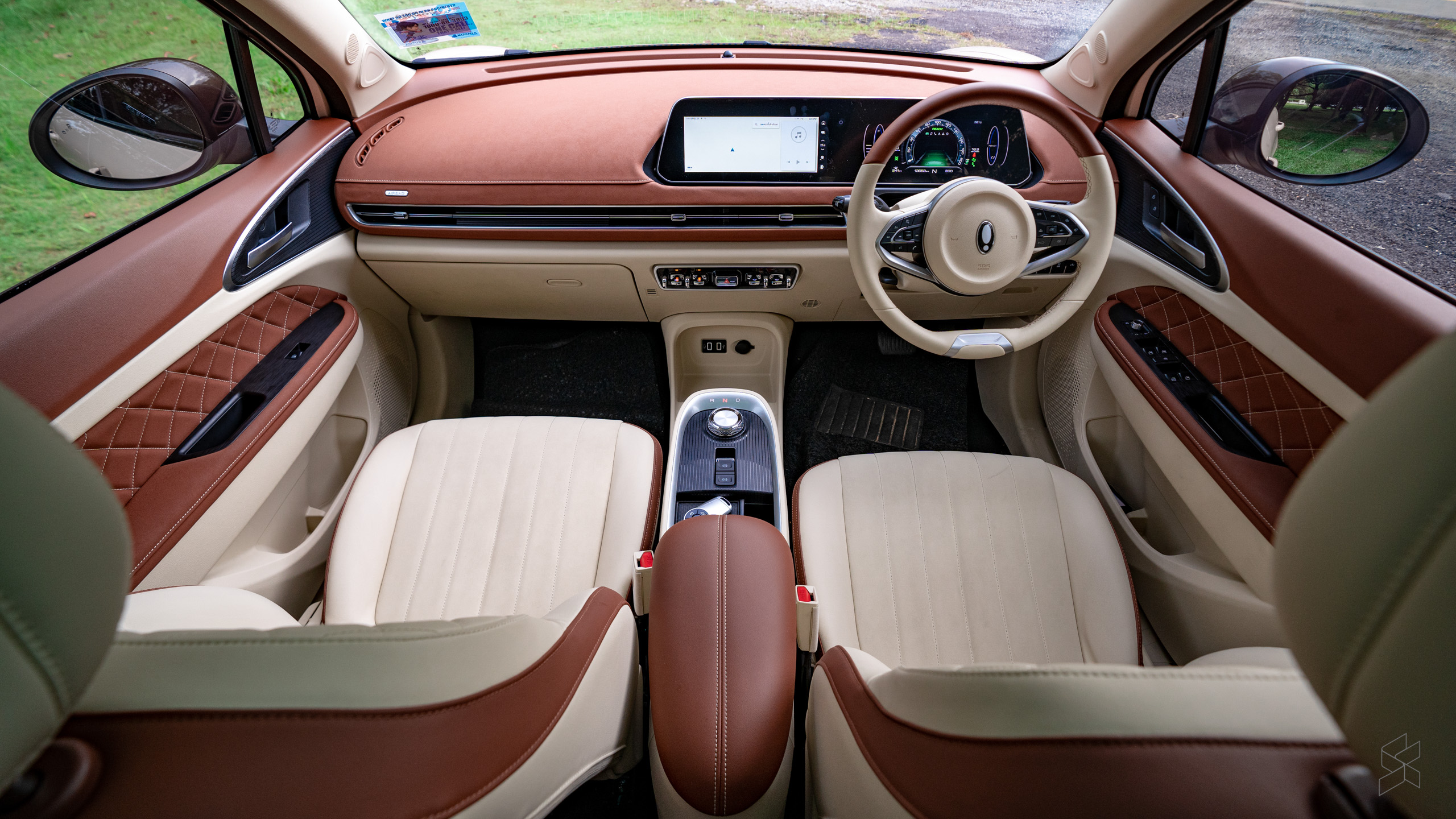
The colour scheme continues on the inside, where you’ll find nice leather-like trim in either brown or green. It’s matched to a light interior that really helps make the car feel bigger than it is, though good luck keeping it clean. The good news is that the Good Cat is at least solidly built—despite the odometer showing over 14,000 km of what must surely be hard use, the car still feels tight as a drum. This is a huge relief, given that China doesn’t exactly have the best reputation when it comes to build quality.
The only thing I don’t like is centre console that sits at the bottom. The whole thing is finished in beige (or light grey in the case of the Verdant Green model), which looks cheap—especially when you consider that the USB ports and the 12-volt socket cover is black. That’s not a good look.
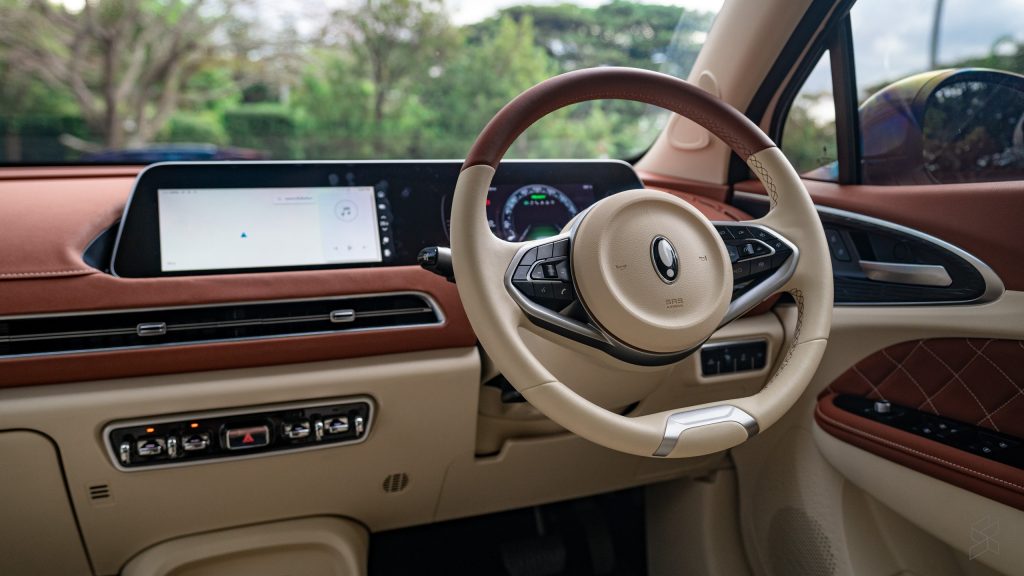

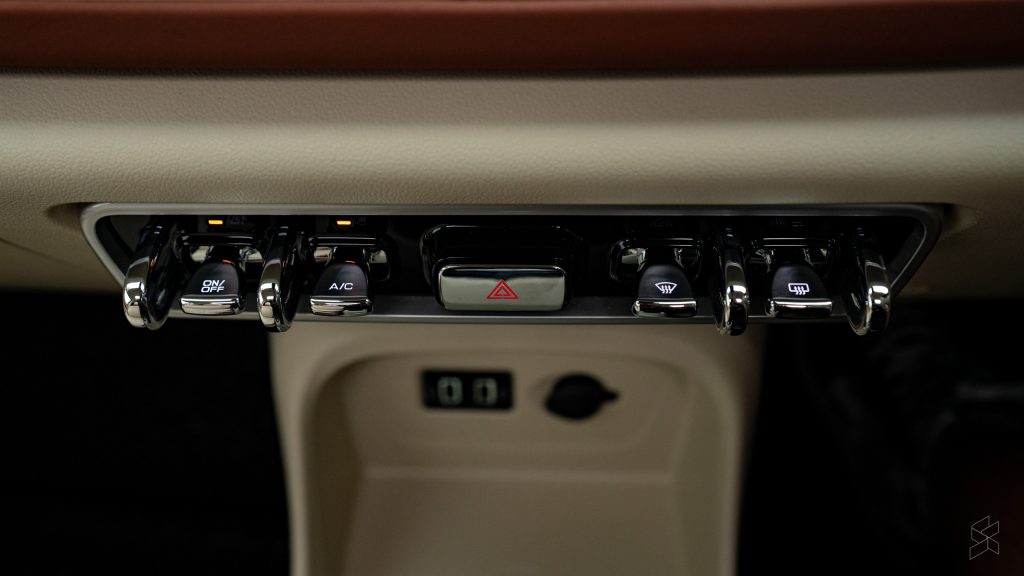
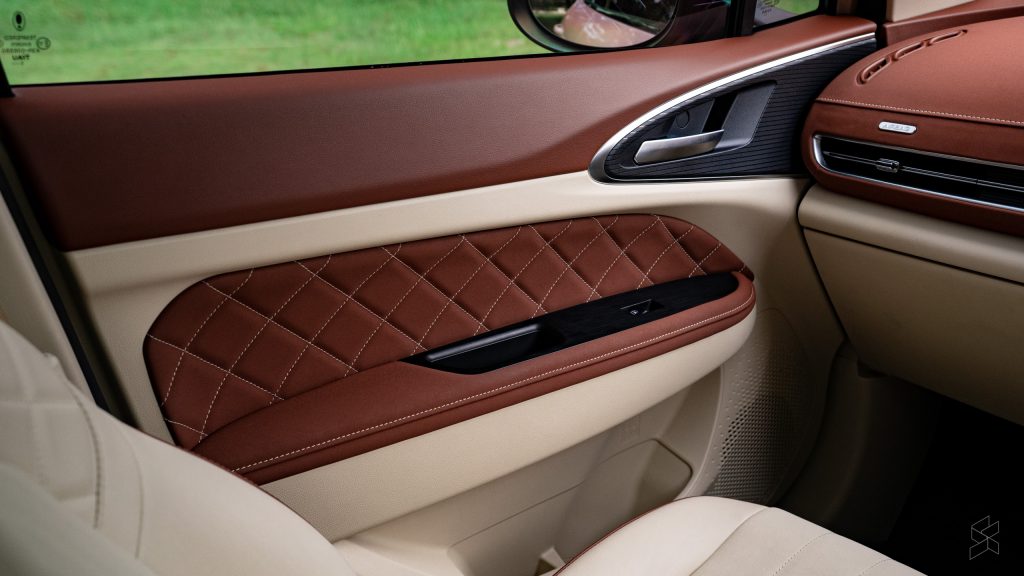
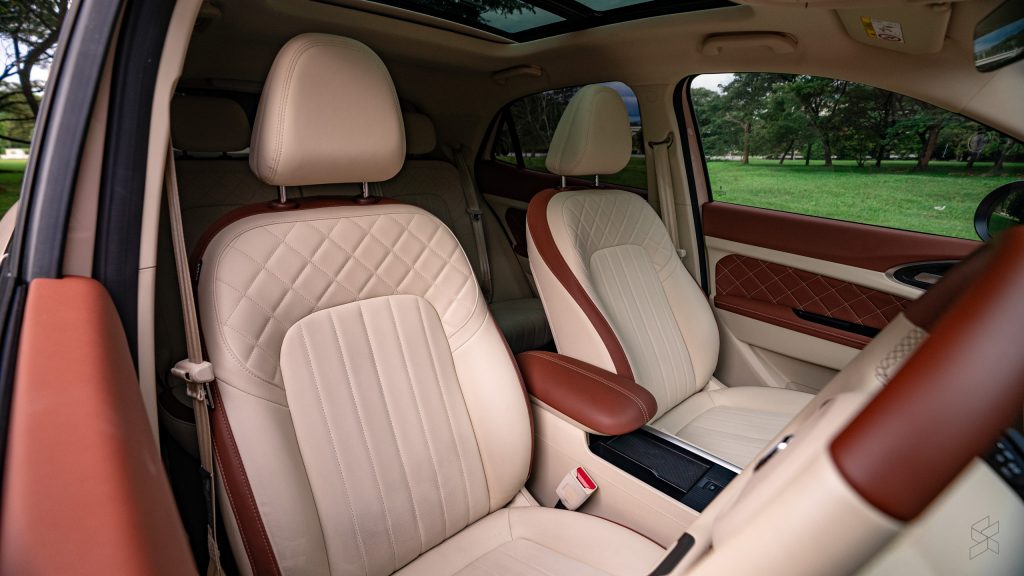
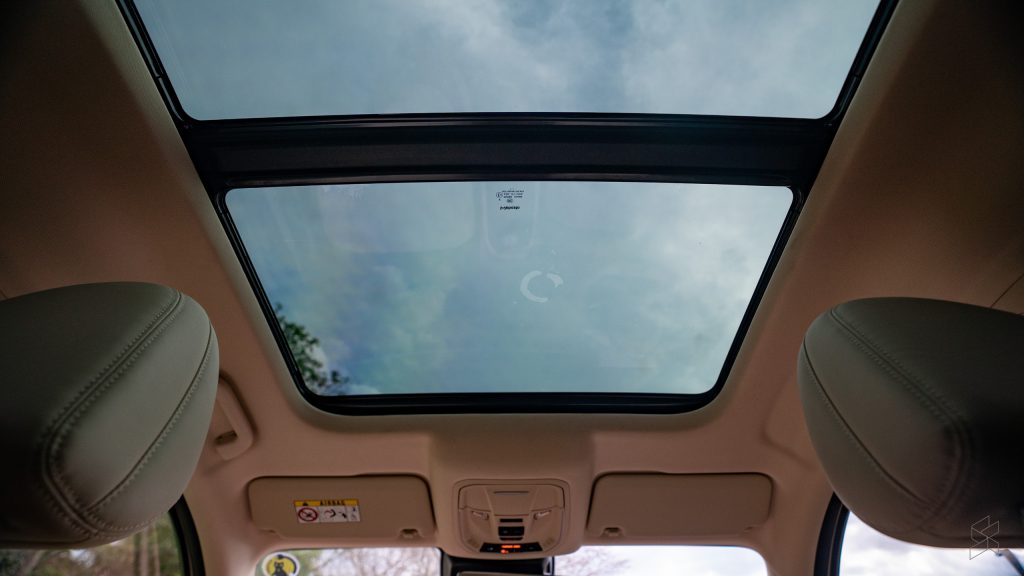
Then there’s the impracticality of having such light colours in areas that see so much use. There’s a reason why other cars have storage compartments in darker hues—dirt gets everywhere in here, and if you spill something in the cupholders, you’re gonna have a tough time cleaning it up. The unique colours are nice, but on balance, I think I prefer the black interior that comes standard.
Still, everything looks nice in here, with lots of chrome detailing and the Mini-style toggle switches. You can clearly see where the designers have taken their inspiration from. The seats are also very comfortable—the driver’s pew is electrically adjustable, and there’s even a welcome function that slides the seat back so you have more room to get in. Rear legroom is pretty good, too, although headroom is a little tight for taller passengers.
Where the Good Cat suffers is in terms of boot space. There’s just 228 litres back here, and there’s no real underfloor storage either, meaning that the charging cables have to fight for space with the rest of your luggage. There’s no front boot, either, so the rear boot is all you get.
More than quick enough for daily use
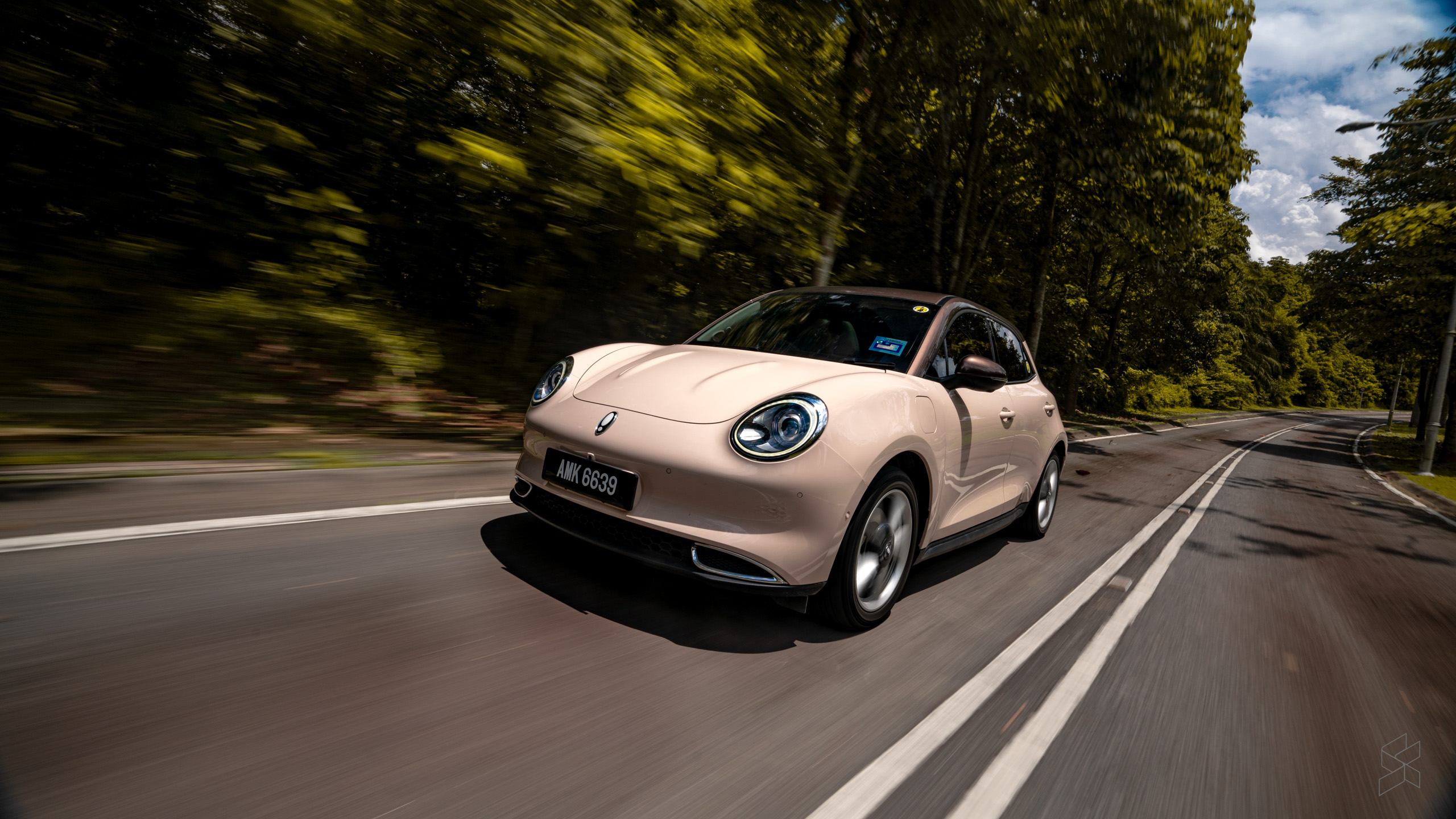
The first thing you notice the minute you set off is that the Good Cat gets the basics right. It doesn’t have a lot of power—the front motor makes just 141 hp and 210 Nm of torque—so it’s never going to rocket forwards like a Tesla. But it does make effective use of all 141 horses. It feels more powerful than those figures suggest, using the instant torque to get up to speed very quickly.
During our testing, the Good Cat managed to accelerate from zero to 100 km/h in 9.29 seconds. That doesn’t seem quick—and indeed it’s way slower than GWM’s claimed 7.9 seconds—but it’s more than adequate for daily driving. The top speed, on the other hand, is limited to 160 km/h.
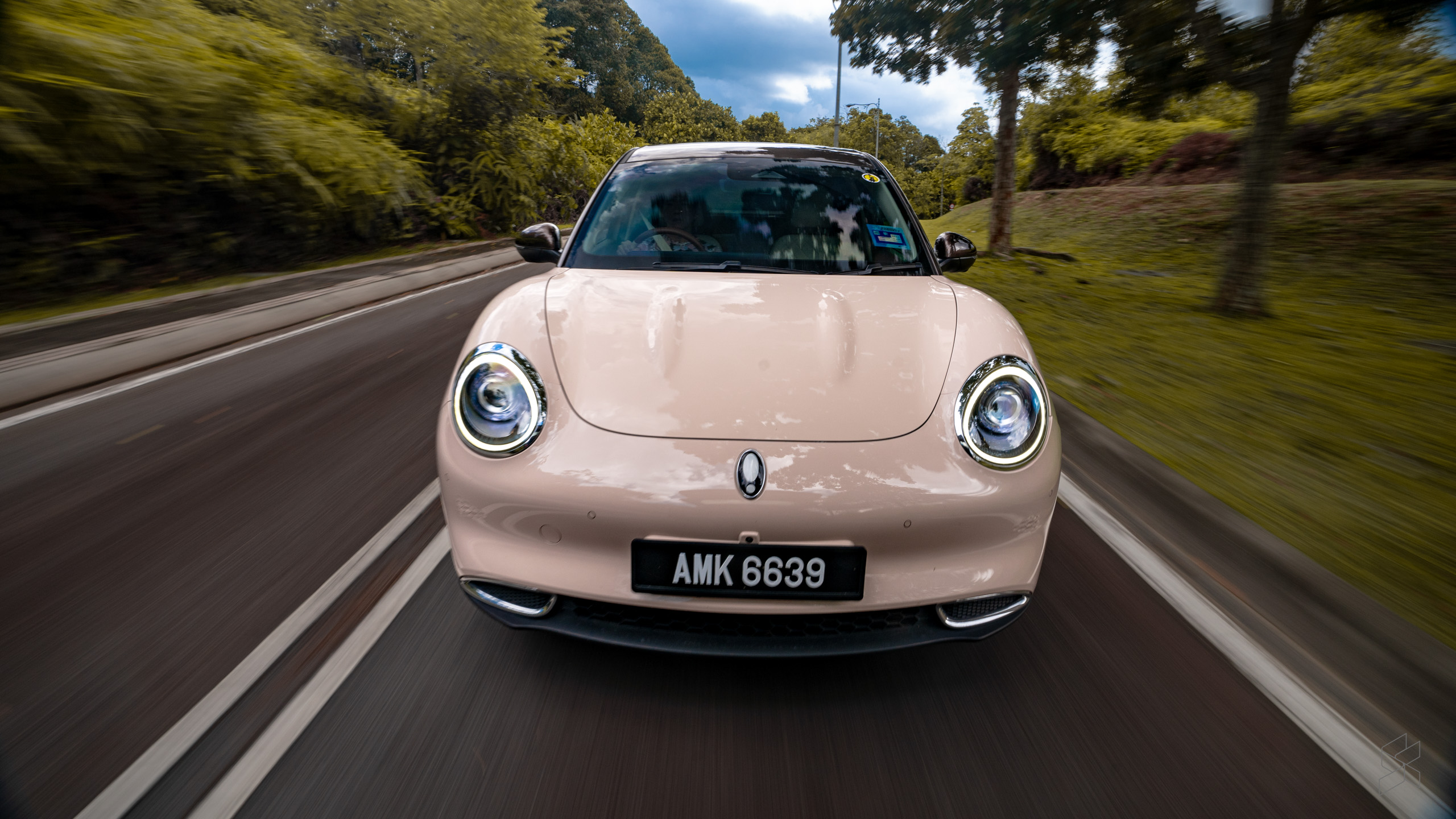
As you’d expect from an electric car, the Good Cat is reasonably quiet, with no real “engine noise” to speak of; there’s also decent insulation to keep wind noise at bay, though the Giti tyres do make themselves heard on rough roads. What this silence does do is amplify some of the noises coming from other parts of the car—things you don’t normally notice in a petrol- or diesel-powered vehicle. I kept hearing a whirring noise coming from the back, along with clicks from the front under braking when adaptive cruise control was active. That’s just something you’ll have to get used to.
Speaking of braking, the Good Cat comes with a one-pedal driving mode, but the braking force isn’t really strong enough for daily driving—I found myself having to press the brake pedal when reaching a red light. Also, the function has a tendency of switching itself off at random times, which is a little disconcerting. This may be due to the buggy software….that, we’ll get to later.
Generally comfortable ride, uninspiring handling
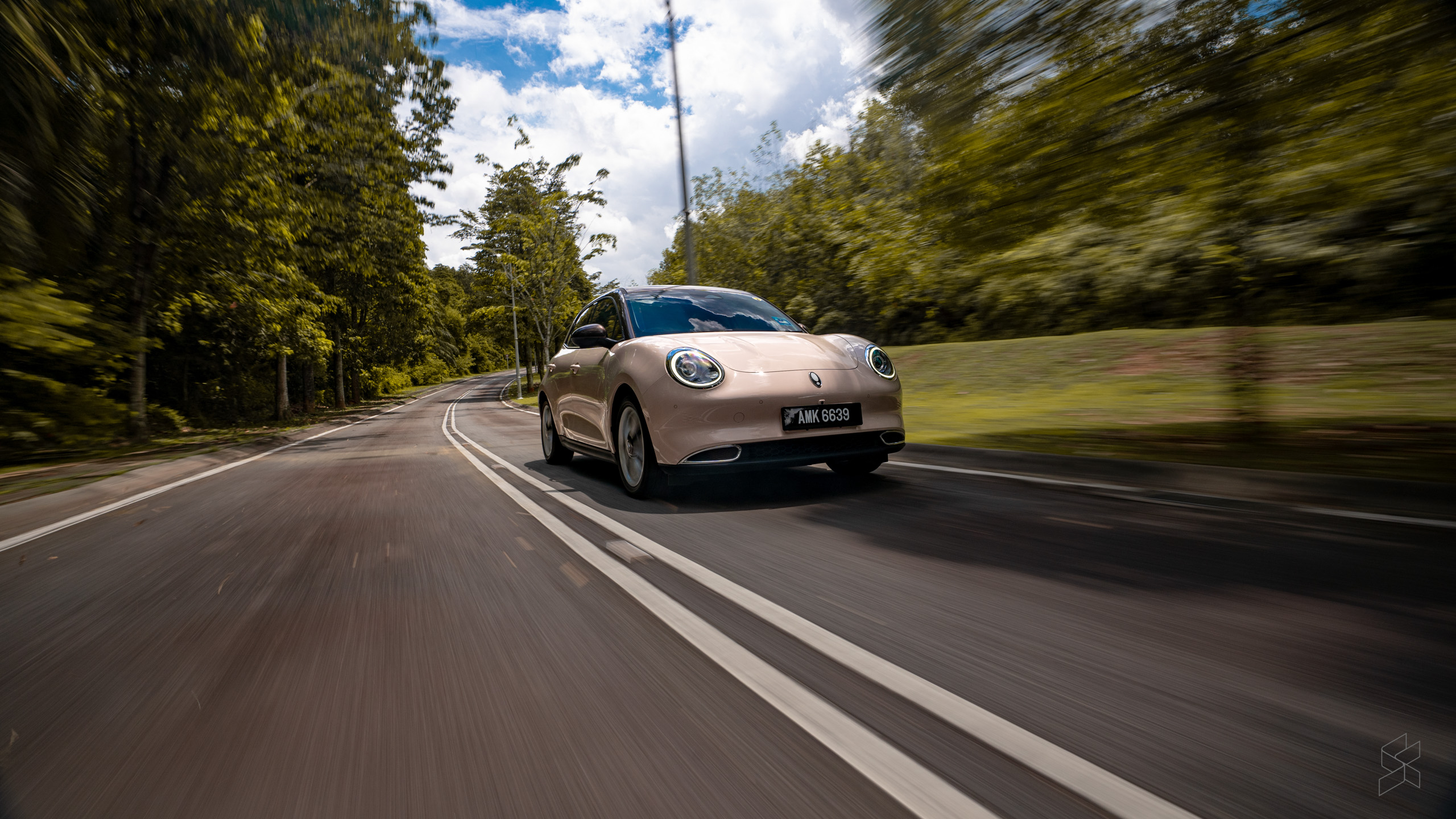
As for the ride, the Good Cat is generally comfortable in daily driving, although there are instances where it lacks a bit of finesse. It’s not quite as crashy as the Volvo XC40 EV we also drove recently, but there’s an underlying firmness that reveals itself in the way the car fidgets over minor surface imperfections. Thankfully, this smoothens out once you get up to speed.
Given its small size and wide track, you’d expect the Good Cat to be a riot in the corners, but it really isn’t. Sure, it possesses stable handling, thanks to the battery positioning giving it a low centre of gravity. But the car also rolls quite a bit, the steering is numb and imprecise and there’s no real adjustability when you lift off the throttle mid-corner. It also dives quite a bit under braking, which might become a problem if you’re driving in a spirited manner while carrying a few friends—especially those with a weak stomach.
Okay, so the Good Cat isn’t exactly a stellar performer in the bends—it isn’t that sort of car. But for everyday use, aside from the slightly bumpy ride at low speeds, it’s actually quite a pleasant experience. You can certainly do a lot worse for under RM150,000.
Don’t believe everything you read
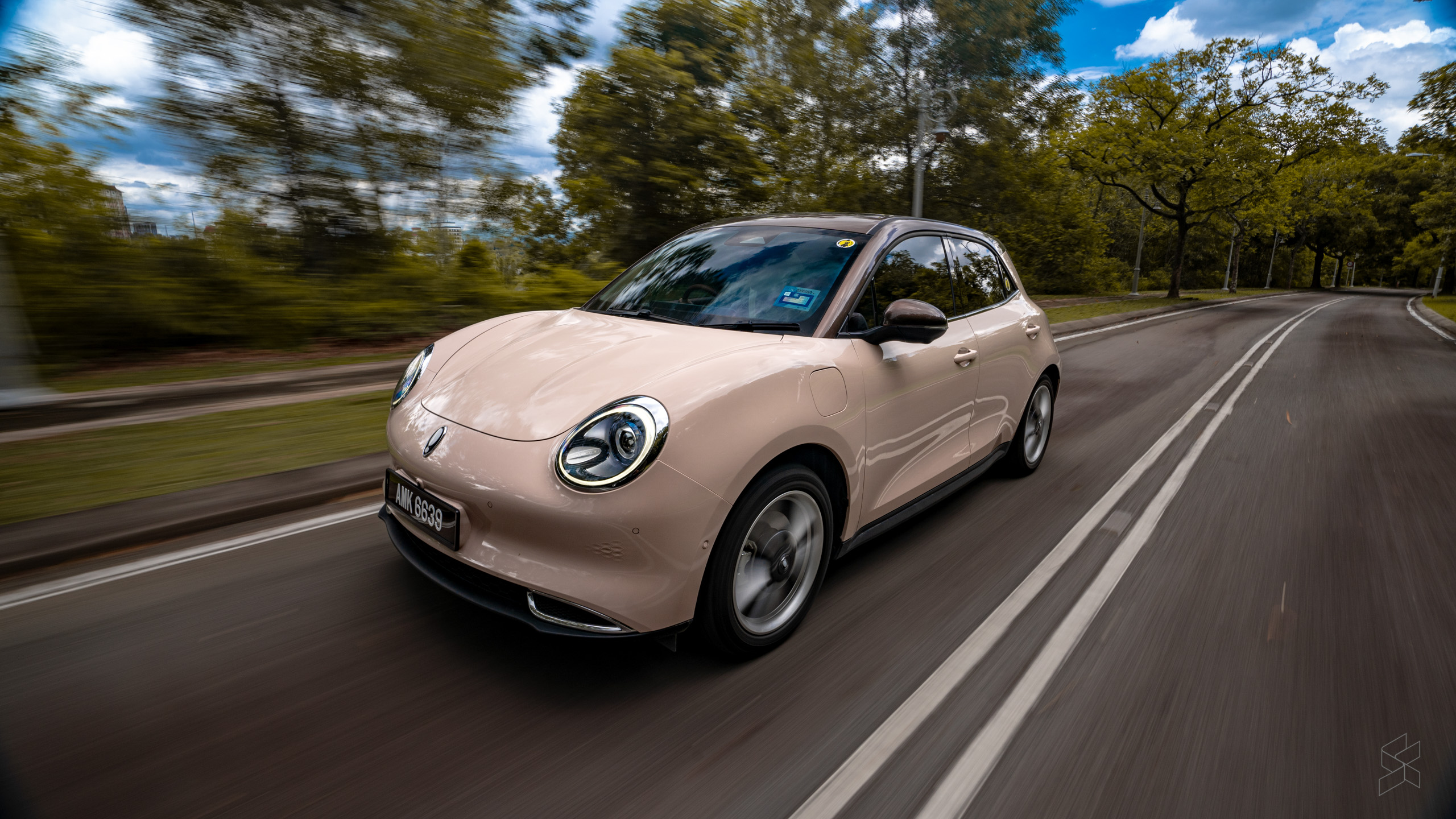
Range is a major selling point of the Good Cat, but you really should take the claims with a pinch of salt. The car comes with two battery options—the smallest version has a capacity of 47.8kWh, providing a claimed range of 400km. This Ultra model has a 63.1kWh battery, which GWM says delivers 500km of range. That seems optimistic, given that the battery is quite a bit smaller than what you’d find in the Volvo XC40 EV and the Hyundai Ioniq 5—both of which can only go a maximum of 430km on a single charge.
The thing you have to remember is that GWM uses the outdated NEDC cycle for measuring range, which is more lenient; other carmakers have moved on to the more stringent WLTP cycle. In reality, you’d be lucky to hit 400km at most, and that’s with the bigger battery.
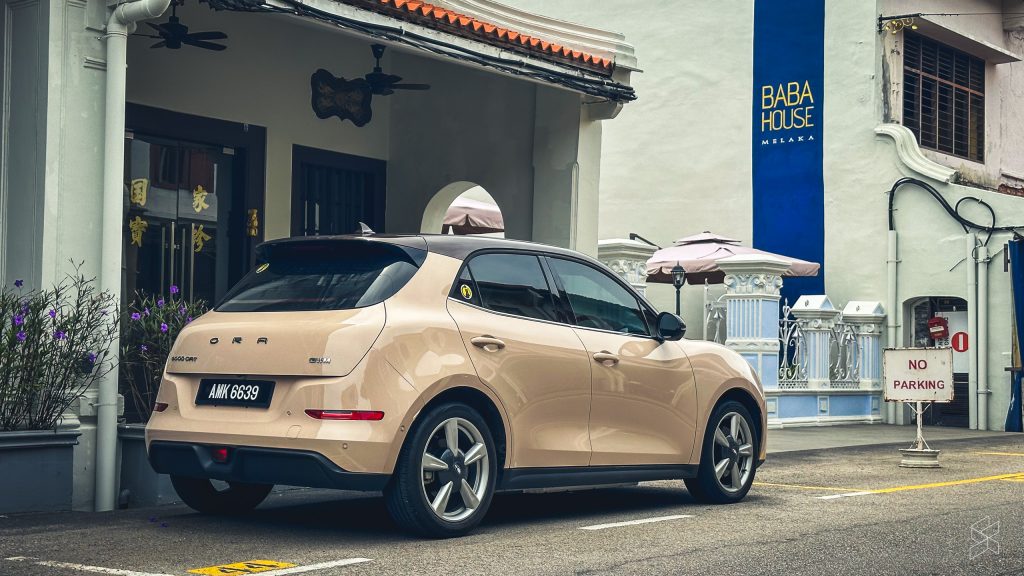
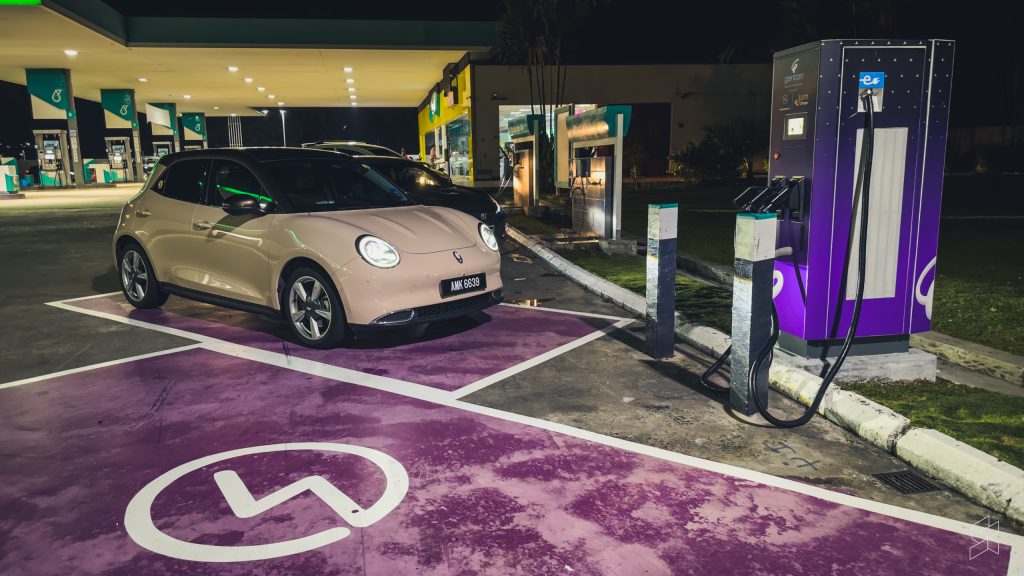
Still, that range is more than good enough for driving in the city, and even a little bit beyond. I managed a day trip to Melaka, covering a distance of 147km, most of it on the highway where EVs are least efficient. I then drove another 45km to the Gentari charging station in Pedas-Linggi—for a total distance of 192km—and still had another 80km of range left. In most situations, the Good Cat should easily travel well over 300km.
Speaking of the Gentari station, the Good Cat isn’t able to take advantage of the 180kW DC chargers there. In fact, the car’s DC fast charging maxes out at 60kW, meaning that charging the Ultra from 0 to 80% takes 40 minutes. As for AC charging, the car is only able to accept a miserable 6.6kW—meaning that even with a wallbox, a full charge takes ten hours.
It can almost drive itself
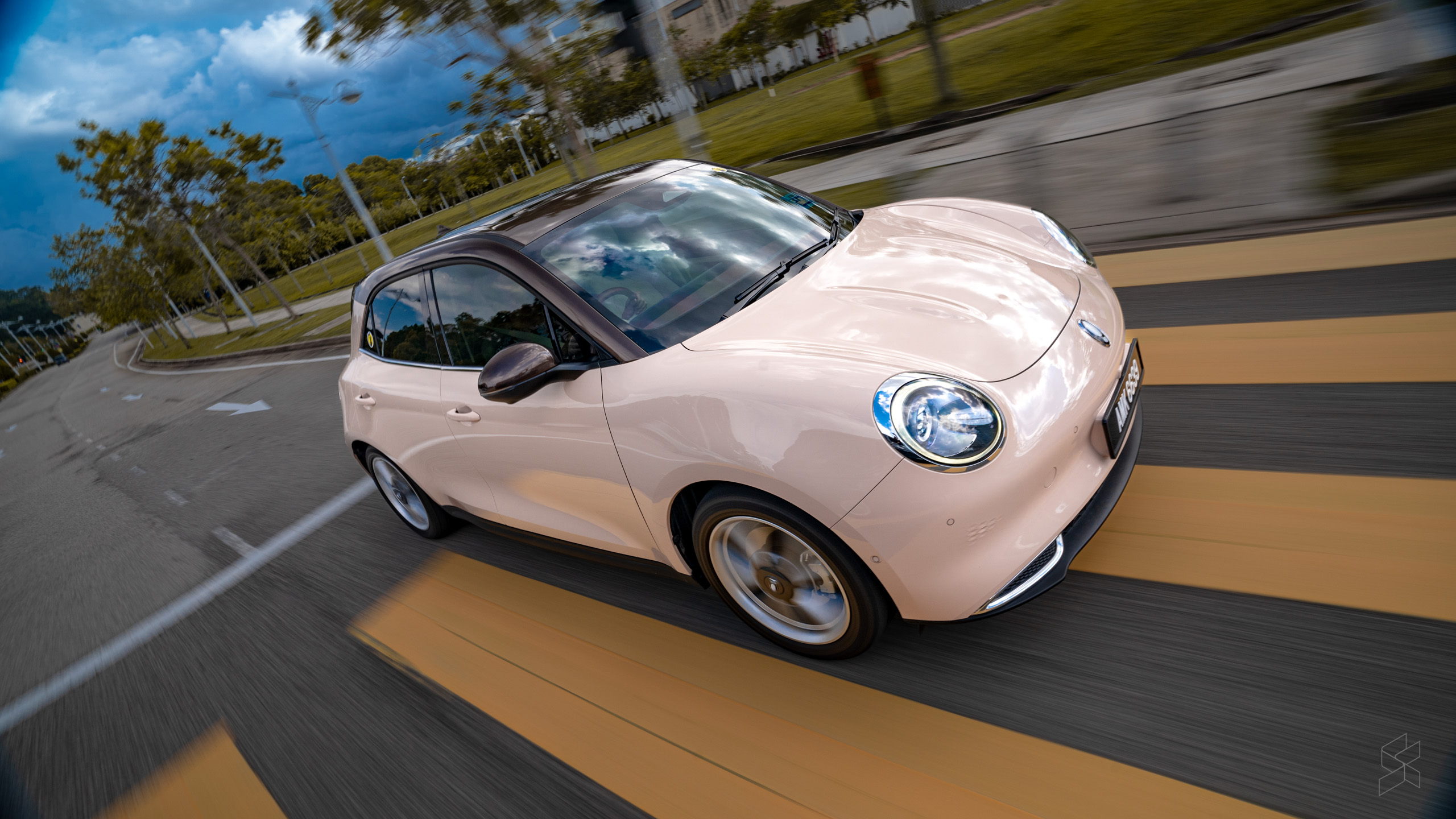
In terms of safety, the Good Cat comes with all the driver assists you could ever want. Even the base Pro model is packed with things like autonomous emergency braking, adaptive cruise control, and lane centring assist that will help take the strain out of highway driving. In stark contrast to the inconsistency I encountered with the XC40, the systems worked very well here. The car behaved predictably when accelerating, braking and turning, meaning I could trust it to drive long stretches by itself.
Whereas in the Volvo I got fed up and simply turned the systems off, in the Ora I kept them on. That’s a big win for GWM—one that banishes the perception that Chinese cars are not safe.
A UI so bad it ruins the experience
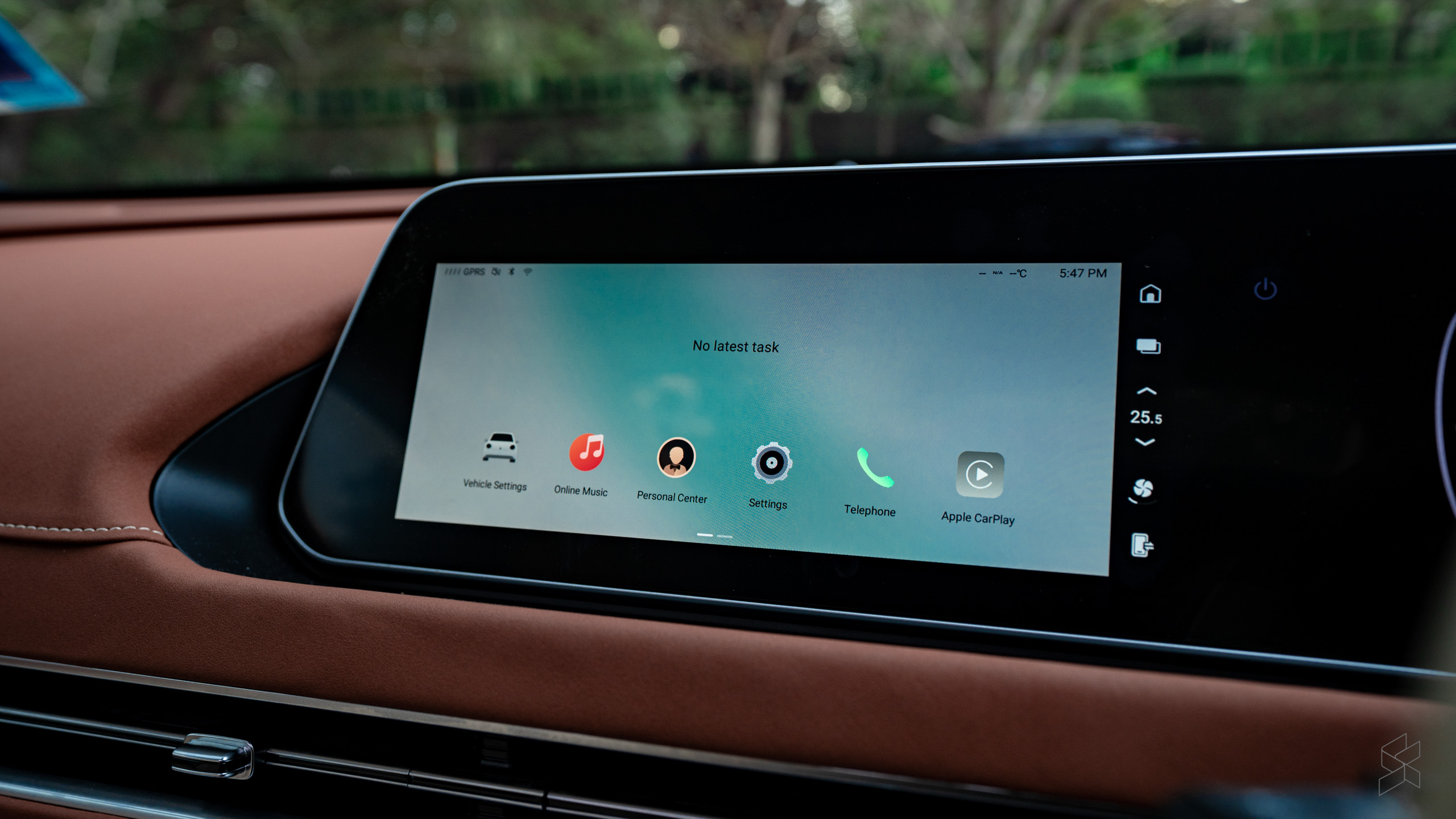
You may have noticed that we haven’t yet talked about the software, and that’s because it’s by far and away the worst part of the car. It all looks good on paper—you get a crisp 10.25-inch touchscreen, Apple CarPlay and a 360 camera with a 3D view of the car, and you can even change the colour of the car. There’s even a seat massage function, which is surprisingly good.
The thing is, it seems that nobody has given the layout any real thought. It’s as if someone just stuffed all the car’s settings up their nose, sneezed, and just left it like that. I mean, why is the aforementioned massage function buried in the vehicle settings? Then there are the air-conditioning controls—yes, like everything else these days, the Good Cat puts them in the screen, which is annoying enough. Worse still, the icons are very small and easy to miss with your finger.
But the most infuriating thing is that when you have CarPlay open, the whole strip on the right of the screen for controlling the air-con goes away. This forces you to stop whatever your were doing, jump back out to the home screen and tap on the Ora icon—just so that you can do something as simple as adjusting the temperature or fan speed. It’s ridiculous.
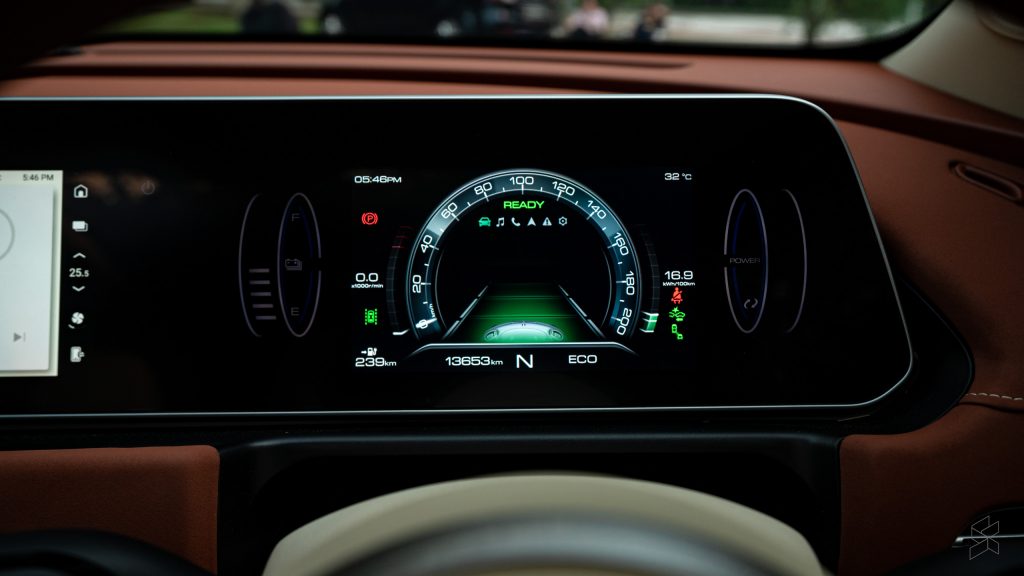
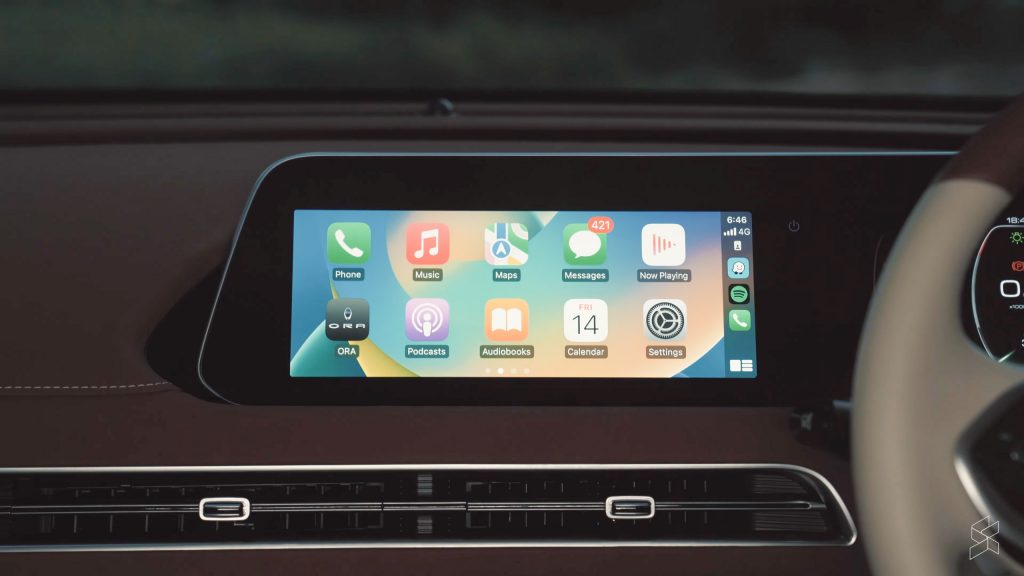
This wouldn’t be such a chore if CarPlay in the Good Cat is as fast as in any other car—but it isn’t. For reasons unbeknown to us, anytime you use a navigation app on your phone, the touchscreen starts to lag severely. Sometimes it can take more than a minute after tapping the screen before it actually responds. It’s so bad that I’ve missed turns because the map showed me as being further back than I actually was.
All this is made worse by the fact that everything is controlled by the screen. As good as the steering assist is, there are times that I want to turn it off, and I can’t do that on the steering wheel. Why, when there’s a blank button right there on the left spoke?
It’s just not worth the effort
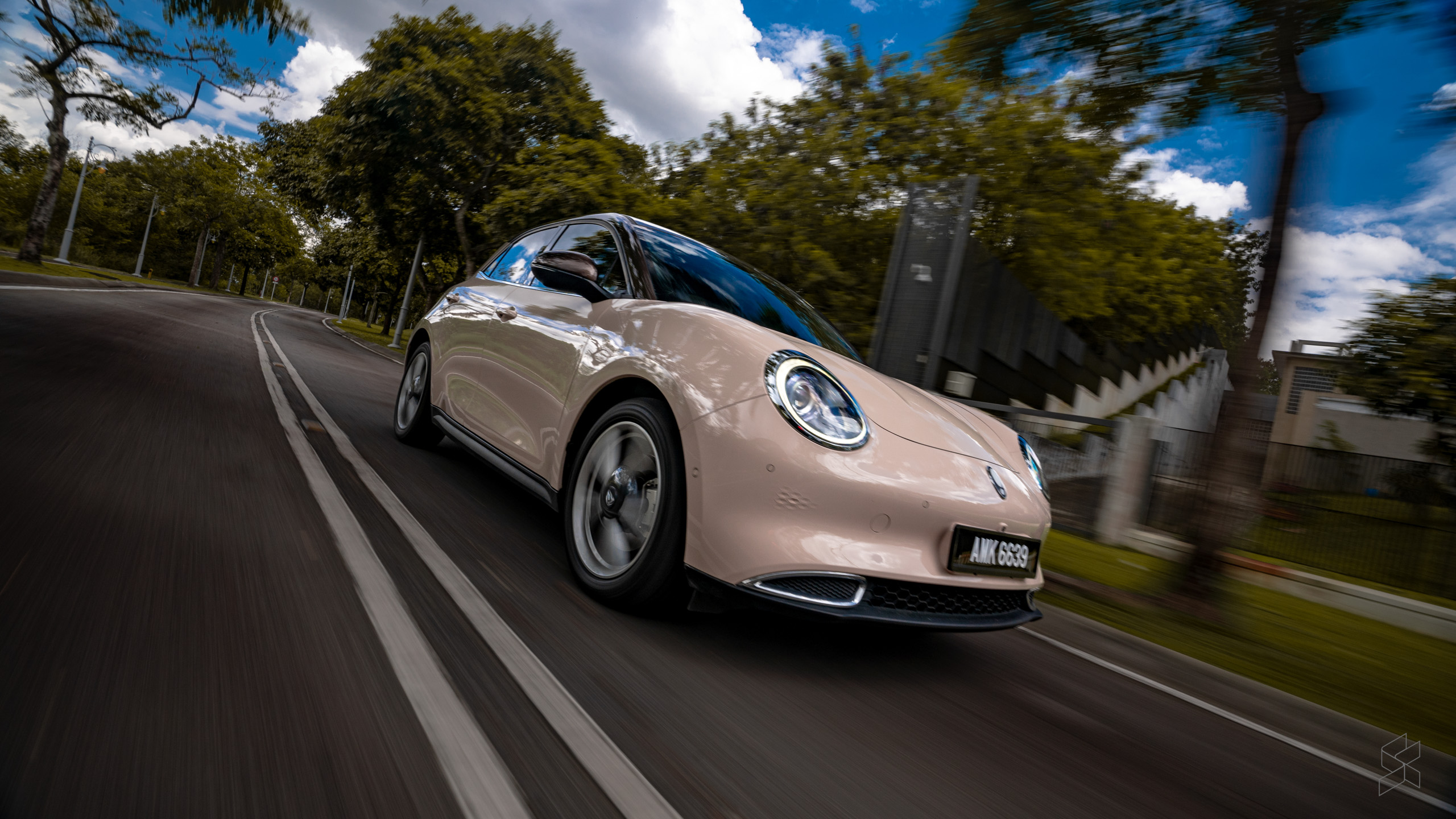
I know we tend to nitpick a lot when it comes to tech. I know that a lot of what we say when we review something is based on personal preference. But that’s not the case here. This is objectively bad UI design. Trust me, you will hate it.
And that’s such a shame because I really wanted to like the Good Cat—it just looks so cute and cuddly! And the rest of the car really is as good as the name suggests. It’s got a decent amount of range, it’s powerful enough for most journeys, it’s very comfortable and, most importantly, it’s packed full of toys. Given the value proposition on offer, it’s understandable you’d be tempted. But unless you really don’t care about the tech, you might want to save on the headache and just buy the Kona Electric. Trust me, you don’t need that kind of stress on your life.
Photography by Sofie Danial

